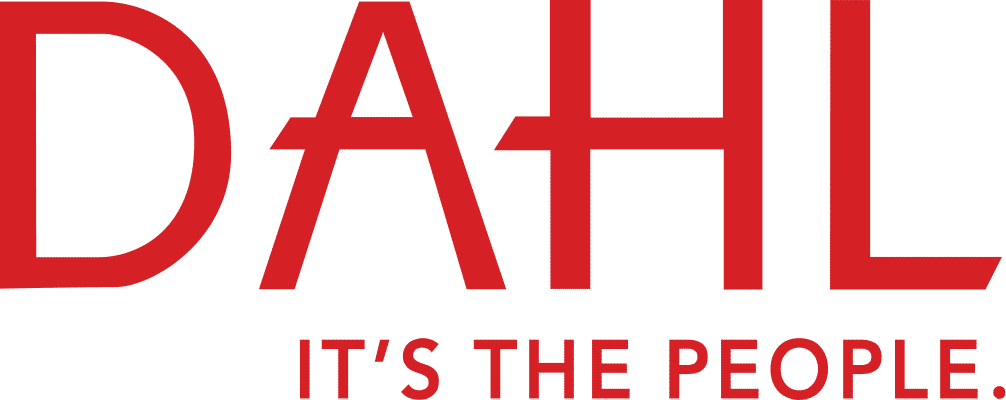A training program that results in smarter, happier, more engaged employees might be considered successful, right? But what if those employees successfully learned a bunch of skills that contribute nothing toward an organization’s strategic goals?
Aligned training is not just about the employee; it’s also about the organization’s needs. Allied training is where training goals meet business objectives in a win-win situation. Associating your employee training program goals with the big picture objectives of your organization sounds simple, but the success is largely dependent upon the resources dedicated, as well as the people involved.
Training is more than providing learners with the basic job skills for the position, it is an opportunity to align and realign the workforce with the goals of the organization. Measurement starts by understanding how training furthers these overall goals.
There are several key components to a successful training program:
-
- Learners are enabled to carry out the activities required by their position.
- Training is clearly and measurably aligned to business goals.
- Goals are reached in part through measurable training activities.
- Instruction is easily modified to accommodate new goals and new tools.
- Coaching, measurement, modification, and reskilling are incorporated into a continuous improvement process.
Every organization should have a set of analytics that are dash boarded and prioritized to indicate success or failure for various positions, but some fail to promote them to employees. If team members are told that a specific metric is the most critical, then in the next sentence told that another metric is the most important, how can you expect employees to know what they need to do to be successful? It is highly important to have a short list of your top priorities—in order—that everyone can understand.
This short list will help determine the real focus of training, which might be surprisingly different from your current program. First, identify and share your priorities. Ask senior leadership to identify what they considered to be their most vital priority for the company, not a list of priorities, but the ONE priority that was above all else.
Once this single priority is identified, a training program can be created that is customized to meet this overall goal.
Effective training is your first and best tool for driving your business toward its stated goals. A good program meets the following criteria:
-
- Goals and expectations are clear and come from the top.
- Training must contribute to increased company performance.
- Success only occurs if there are positive outcomes
- Non-contributing initiatives must be halted.
- Advance planning and measurement is required to ensure everyone understands the value.
- Training modules/topics/ segments must match up to a company goal.
Aligning training to business needs has a powerful and positive impact on a business. And the better the business does, the more its employees benefit from a stable job, potential bonuses, and career advancement opportunities. Examine your current training program and ask yourself how the achievement of those goals can move your overall business objectives forward.
SHARE




